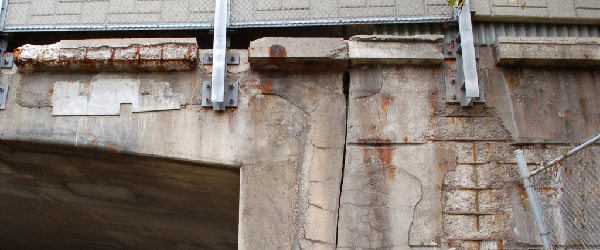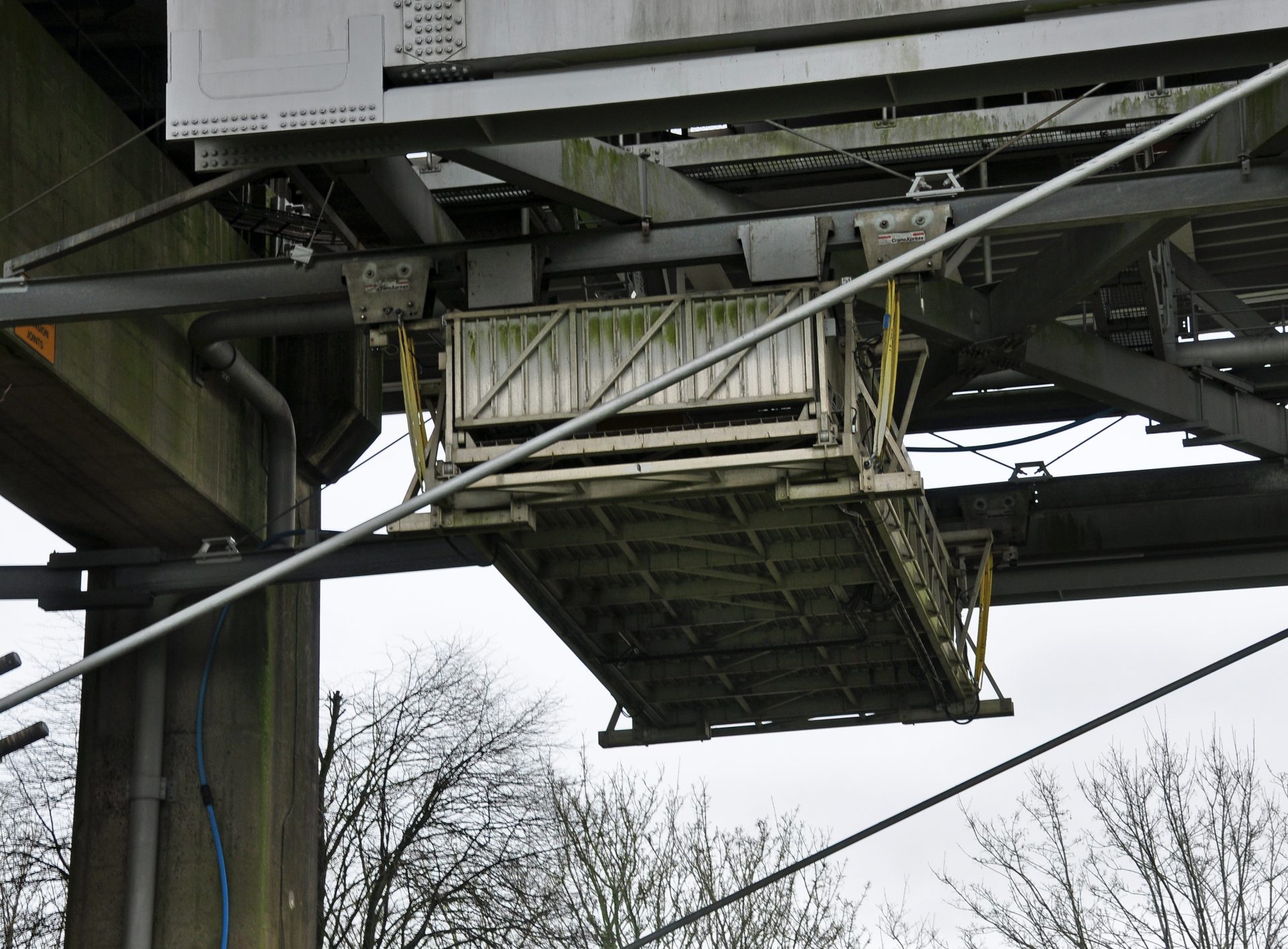Australia is currently working on a large-scale infrastructure project known as the Sydney Metre Job. Unfortunately, a key component of Australia’s biggest public transport infrastructure project has recently been the subject to a critical technical report that describes an elevated viaduct span fail located at a stitch joint between two precast segments. The fail took place in September of last year and has led to serious setbacks for the job.

The affected section, also known as the Skytrain section, is one of the 115 spans under construction using this precast segmental span-by-span method. The method calls for erecting a series of precast box girder segments that are supported by an overhead gantry, which are then stressed longitudinally.
It was last November when engineering consultant Aurecon Australasia released the results of their independent investigation for Transport for NSW. In the report, combinations of errors were highlighted that were believed to have contributed to the failure of Span 60. These results have led to new controls being introduced as a means to improve the construction process, according to TfNSW.
The noted failure occurred in a stitch joint that was used to join two segments at the midpoint of Span 60. Departing from normal practice, a closure concrete pour was used at this location. Usual practice, on the other hand, would be match-cast segmental construction, where each segment is cast against its neighbouring segment as a means of achieving a matching interface. The latter practice was deemed not possible on Span 60 between segments 5 and 6, due to the fact that the original number 5 segment was been used for another part of the project.
The report indicates that a compression failure of the bottom flange of the box girder occurred in the closure pour approximately 33 hours after the final stressing of the tendons. This failure then caused a hinge point to form in the middle of the span. This caused the girder to be lifted about 700 millimetres from its original position. The northern end of the girder then slid forward and the top flange of the southern end clashed with the Span 59 box girder.
Aurecon claims that the damage was due to insufficient temporary clamping pressure during the stitch-joint construction process. As the structures cooled at night, the segments essentially pulled apart which led to cracking of the stitch-joint. Using concrete with insufficient strength and using exposed resin to attempt to fix the cracking only made the problem worse.
Following the reports’ recommendations, TfNSW plan on making a number of changes in their construction processes. These newly implemented procedures will include increased clamping and longer concrete curing times to ensure that the strength of the concrete is more than sufficient.
Source: Structural Failure of Precast-Concrete Span Sets Back Sydney Metro Job








